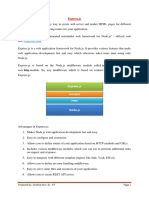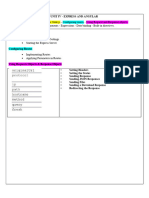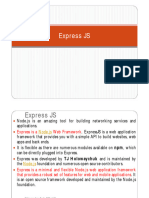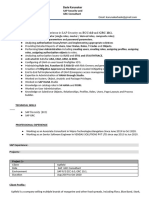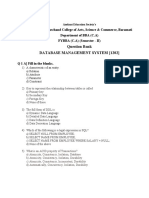0% found this document useful (0 votes)
34 views23 pagesBuilding A Notes App With Express
This document provides a comprehensive guide to building a Notes App using Express.js, covering topics such as setting up the server, understanding routes and middleware, handling requests and responses, and connecting to a database. It includes hands-on exercises, example code, and explanations of key concepts like asynchronous programming and error handling. The document also outlines a project structure for the app and offers insights into best practices for backend development.
Uploaded by
tiolupopoCopyright
© © All Rights Reserved
We take content rights seriously. If you suspect this is your content, claim it here.
Available Formats
Download as DOCX, PDF, TXT or read online on Scribd
0% found this document useful (0 votes)
34 views23 pagesBuilding A Notes App With Express
This document provides a comprehensive guide to building a Notes App using Express.js, covering topics such as setting up the server, understanding routes and middleware, handling requests and responses, and connecting to a database. It includes hands-on exercises, example code, and explanations of key concepts like asynchronous programming and error handling. The document also outlines a project structure for the app and offers insights into best practices for backend development.
Uploaded by
tiolupopoCopyright
© © All Rights Reserved
We take content rights seriously. If you suspect this is your content, claim it here.
Available Formats
Download as DOCX, PDF, TXT or read online on Scribd
/ 23















